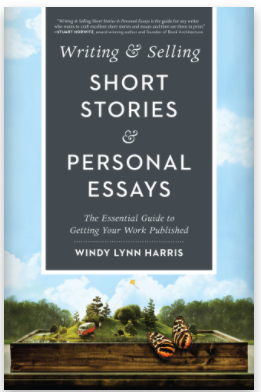 Having trouble getting started with your writing today? Why not host a writing sprint?
Having trouble getting started with your writing today? Why not host a writing sprint?
WHAT IS A WRITING SPRINT?
A writing sprint is a focussed block of writing time. Ideally you announce it to the world and invite others to join.
It’s usually pretty spontaneous. A writer announces that they’re doing a writing sprint at :15, for example (meaning ’15 minutes past the hour wherever you are’), and says ‘join me?’
I see writing sprints mostly on Twitter, because that’s where I hang out, but there’s no reason you can’t host one on your favourite social media network: Twitter, Facebook, Livejournal, LinkedIn, even the StoryADay activity stream.
WHY HOST A WRITING SPRINT?
- You’ll inspire other people to join you in real time, as you write.
- You’ll feel like you’re not in this alone.
- You’ll be accountable to the other people taking part and less likely to abandon your own efforts.
HOW TO HOST A WRITING SPRINT
Start It
All it takes is a simple announcement. You can give people some notice (if you know you’ll be writing at 7 AM EST, say so) or you can just say “Go”.
Here are some sample messages you can send
About to write my storyaday story. Want to write with me? #WritingSpring at 0:15.
I’m #writing RIGHT NOW. Join me?
The hashtags are a Twitter thing: they let people easily find other people who are interested in the same things. the ‘Writing Sprint at 0:15’ part lets people know you’re starting at fifteen minutes after whatever hour it is now, wherever they are. (Obviously you can make it 0:00 or 0:23 or any time you like).
Set A Time Limit (optional)
Some people say they’re going to ‘sprint’ for 30 minutes or an hour or 15 minutes. That lets people know how long you’ll all be writing together (though anyone should feel free to write for more or less time). This is optional, though it increases the sense that you’re all in it together for at least that amount of time.
Write
This is important: get offline and write.
No, you won’t actually know if anyone is writing along with you because you’re not checking your messages (right?!). But just imagining a squad of other writers out there writing along with you is kind of fun.
End The Sprint
When your story is finished (or your time is up), send another quick message to let your followers know you are done, and invite them to check in. Sample messages:
#WritingSprint finished! I got a lot done! How about you?
That #WritingSprint was bit of a slog, but I did get 523 words written. How did you do?
Enjoy The Feedback
Sometimes you’ll hear nothing (especially if your network is small and not populated by writers) but sometimes you’ll hear from people you don’t even know, who just saw your hashtag, or message, and jumped in because you gave them the motivation they needed to get going today. And even if you don’t hear from them, there mayl be writers out there who saw your ‘writing sprint’ announcement and buckled down to write a story that would not otherwise have been told.
And trust me, it’s a pretty warm and fuzzy feeling, knowing you’re helping motivate people to write.






